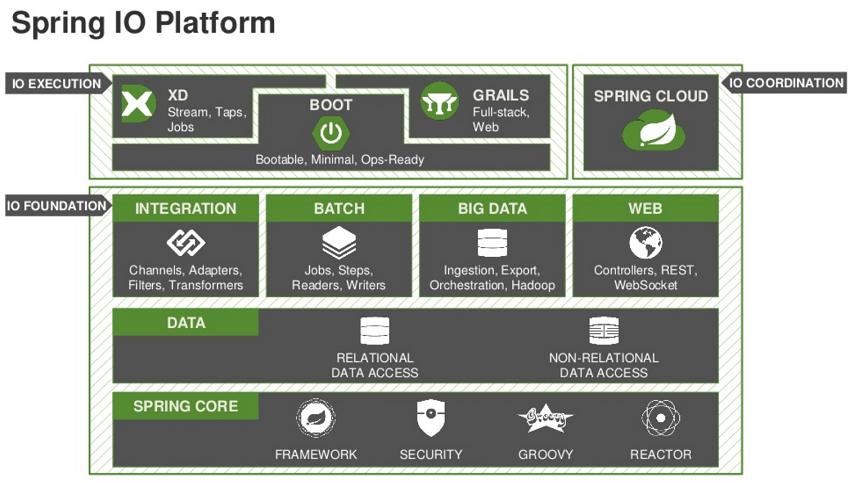
- GENERATE UUID JAVA SPRING BOOT HOW TO
- GENERATE UUID JAVA SPRING BOOT CODE
- GENERATE UUID JAVA SPRING BOOT PASSWORD
Using “uuid-char” instructs Hibernate to store the UUID as a String, instead of the binary value. This annotation defines the Hibernate type mapping. Public class = "uuid2", strategy = "id", updatable = false, nullable = false, columnDefinition = "uuid-char") This is where a new annotation comes into play: = "users") What we want is to have a String UUID column using Hibernate without the need to do any further manipulation in the code. However, in doing so, the ID is no longer human-readable and it can be difficult in the future to debug, analyze logs, or manually manipulate the entries. This will solve the problem and inserting a new user will be successful. First, we can change the column of the ID in the database to be of type BINARY. This is because Hibernate tries to insert it as Binary data instead of String.
GENERATE UUID JAVA SPRING BOOT CODE
When executing the code and trying to do an insert, an will be thrown: : Incorrect string value: '\圎3\xAF\xF7d\x0CG…' for column 'id' at row 1Īt .(SQLError.java:129)Īt .(SQLError.java:97)Īt .(SQLExceptionsMapping.java:122)Īt .(ClientPreparedStatement.java:953)Īt .(ClientPreparedStatement.java:1092)Īt .(ClientPreparedStatement.java:1040)Īt .(ClientPreparedStatement.java:1347)Īt .(ClientPreparedStatement.java:1025)Īt .ProxyPreparedStatement.executeUpdate(ProxyPreparedStatement.java:61)Īt .HikariProxyPreparedStatement.executeUpdate(HikariProxyPreparedStatement.java)Īt .(ResultSetReturnImpl.java:197)
GENERATE UUID JAVA SPRING BOOT HOW TO
We expect that everything works as intended and that Hibernate knows how to map the UUID to the VARCHAR(36) column, but this is only partially true. Private UUID private String private String = "password_hash") Public class = "uuid2", strategy = "id", updatable = false, nullable = false, columnDefinition = "VARCHAR(36)") Now, we create our domain class using Hibernate annotations to map it to our existing MySQL table. Since we know the format of the UUID when represented as a String, we know that it has a length of 36 characters, so we can define the column as VARCHAR(36).

Because we want all the information to be human readable as well, the ID should be stored as a String. We want the ID to be unique so we will be using the Java UUID in our domain object. Look up best practices of storing passwords in the database when creating the final structure.
GENERATE UUID JAVA SPRING BOOT PASSWORD
Storing an unsalted password hash is not recommended. This is a simplified structure and only has a minimum number of columns.

I will be using a simplified version of a USERS table that stores login information for each registered user to a site. The good news is that there is an easy way of mapping the Java UUID column to MySQL using Hibernate and no additional libraries are needed.įirst, let’s look at the sample table. When using an UUID, this can pose some tricks, depending on the configuration and MySQL version. I won’t be covering the auto-incremented method since it poses no real problems and can be mapped to an Integer in the Java domain class. The most common methods are to use an auto-incremented column or a generated UUID.

When creating the database structure it is important to make sure that each row in a table has a unique ID so that it can be easily indexed, retrieved, and manipulated when needed.


 0 kommentar(er)
0 kommentar(er)
